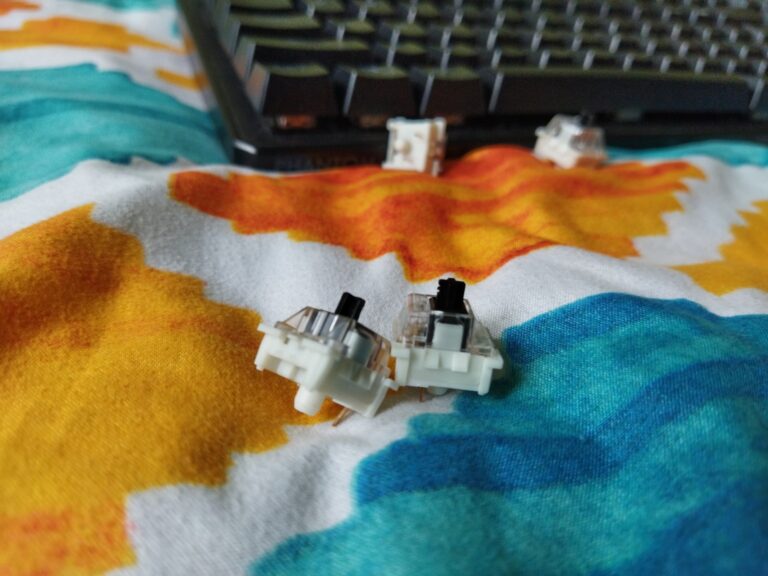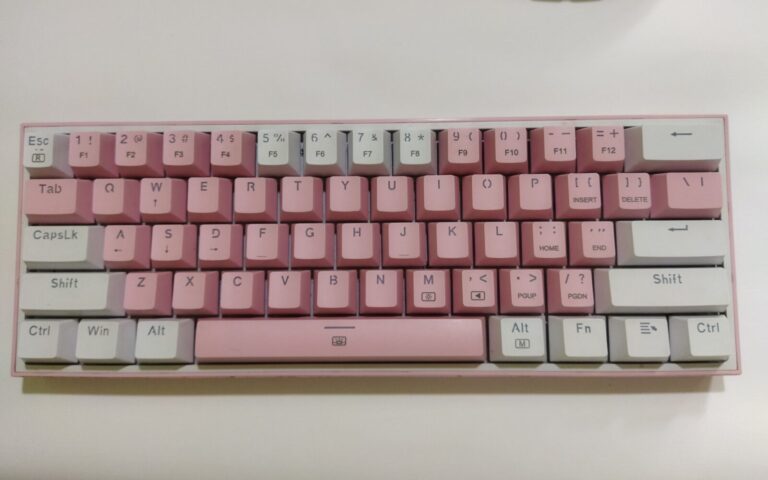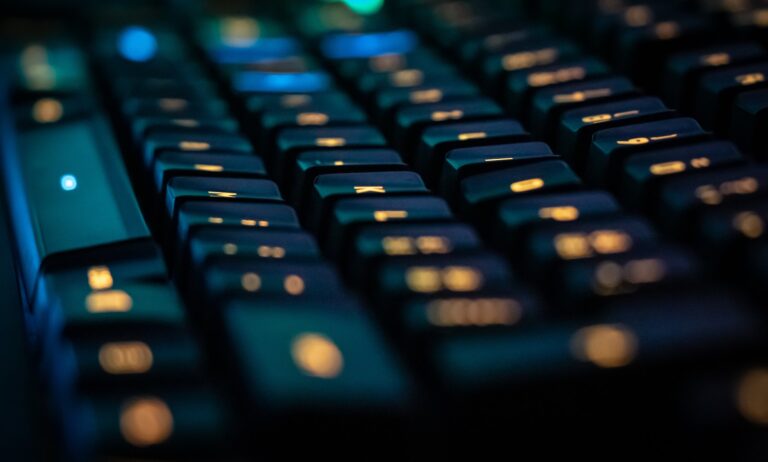Compact Keyboards: A Guide to Small Mechanical Keyboards
When it comes to efficiency, aesthetics and customization, the spotlight is increasingly falling on the small mechanical keyboard, also popularly known as the ‘60% keyboard’. Shattering the traditional notion of keyboard designs, these portable, space-saving machines are more than just a neat desk accessory. They champion a versatile user experience coupled with unique technical specifications, marrying simplicity with innovation. This article delves into the intriguing world of small mechanical keyboards, uncovering their structure, primary features and how they fit into the modern workspace. It breaches the wall of technical jargon to provide a comprehensive overview of the best models available, their maintenance, and troubleshooting.
Understanding Small Mechanical Keyboards
Technical Specifications and Features
Delving into the Technical Specifications of Small Mechanical Keyboards
Small mechanical keyboards are all the rage due to their functionality, aesthetics, and compact size. But it’s not just about the size or the RGB lighting that sets these devices apart. The real power lies in their technical specifications and unique features, signaling a major shift in the world of technology.
Firstly, the heart of every small mechanical keyboard lies in its hardware. Primarily, one must take a closer look at the switches. There are several types of switches that are used, the most popular being linear, tactile, and clicky switches. What differentiates them is the behavior when pressed – linear switches for a smooth keystroke, tactile for tactile feedback, and clicky for an audible ‘click’ confirmation.
Enhancing the intricate details of these keyboards, key rollover (KRO) and anti-ghosting features have become a technological marvel in their stride. Key rollover refers to the number of keys that can be pressed simultaneously and still be registered by the system, a critical feature for serious gamers. In contrast, anti-ghosting effectively tackles the issue of missed or incorrectly registered keystrokes, thereby maximizing precision in every use.
Another cornerstone in the design of these small mechanical keyboards is their programmability. Many compact keyboards come with fully programmable or reprogrammable keys. This allows users to tailor the keyboard specifically for their needs, whether it’s assigning macros for gaming or creating keyboard shortcuts for seamless coding sessions.
Materials also play a pivotal role in determining the technical prowess and durability of these keyboards. High-quality small mechanical keyboards are built with robust materials like PBT (polybutylene terephthalate) for the keycaps, which provide resistance to shine and a better ‘feel’ with every keystroke. The frames are primarily built with anodized aluminum or steel, which renders them sturdy and gives them a premium and refined look.
Connectivity is another dominant feature. Most modern small mechanical keyboards offer dual connectivity—wired and wireless. While the former guarantees a lag-free, consistent experience, the wireless option provides the flexibility of Bluetooth connection for a clutter-free workspace.
Lastly, hot-swappable features have emerged as a game-changer for mechanical keyboards. The feature allows switches to be changed without the need for soldering. This stipulates versatility as it gives the user the convenience to experiment with different switches and to replace faulty ones effortlessly.
In conclusion, the must-know technical details and features of small mechanical keyboards truly highlight the essence of innovation, customization, and endurance in this compact tech instrument. Whether it’s gaming, coding, or general productivity, the minimum space, maximum efficiency mantra of small mechanical keyboards stands triumphant in today’s tech-driven world.
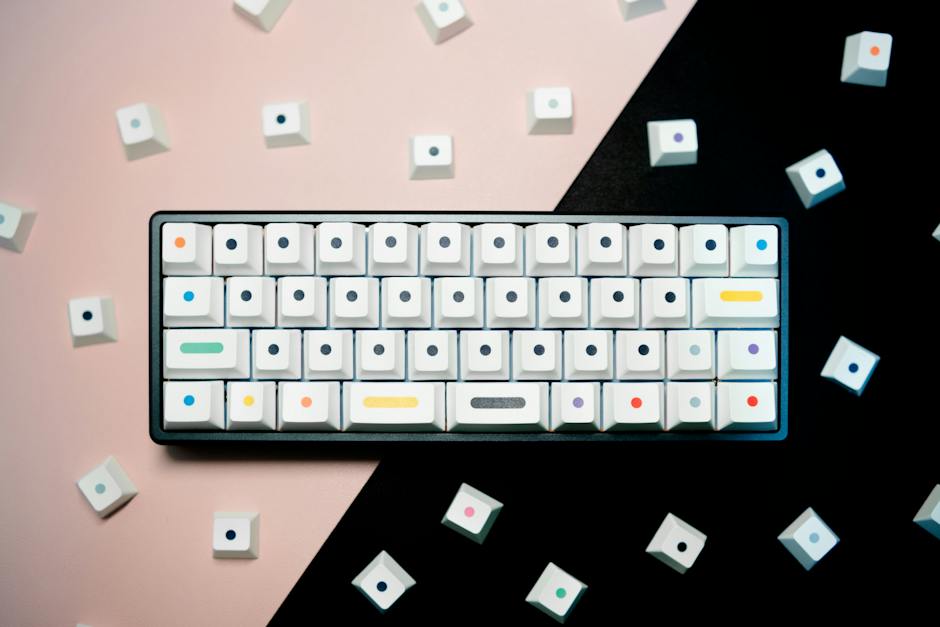
Best Small Mechanical Keyboards in the Market
Now that we’ve established the allure and benefits of small mechanical keyboards, it’s time to delve into the key recommendations currently on the tech market. Every tech aficionado knows that selecting the right tool is half the battle. So, without any further ado, let’s get down to brass tacks – which small mechanical keyboards are standing out from the crowd?
Drop ALT Mechanical Keyboard
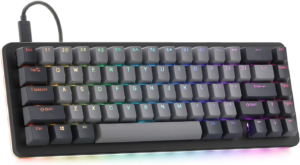
This keyboard tops the list. It’s CNC-machined with an all-aluminum frame making it robust and sleek. Offering hot-swappable switches, the Drop ALT allows you to conveniently change switches without soldering – an aficionado’s dream feature. Additionally, it commands respect with its fully customizable RGB lights, dual USB-C connectors, and programmable macros.
Keychron K6 Wireless Mechanical Keyboard
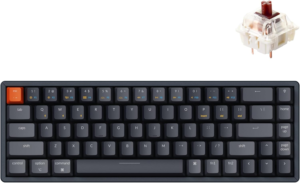
Keychron’s products are known for being exceptional and the K6 certainly lives up to this reputation. With Bluetooth 5.1 providing flawless wireless connectivity, this compact keyboard can be linked with up to three devices simultaneously. It also boasts of hot-swappable keys and compatibility with Mac, Android, iOS, and Windows. The icing on the cake? It’s built to last with a robust aluminum body, which helps justify the slightly higher price point.
Ducky One 2 Mini

Appealing to tech enthusiasts who love creativity, the Ducky One 2 Mini comes with a variety of unique, colorful keycap themes. Don’t let its playful aesthetics fool you – it parades solid performance with strong PBT double-shot seamless keycaps and anti-ghosting function. Flexibility is in its DNA, providing detachable Type-C USB and compatibility for both Mac and Windows systems.
Vortexgear Pok3r 60% Ultra Compact Mechanical Keyboard
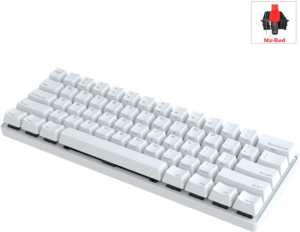
Showcasing a unique blend of simplicity and functionality, Vortexgear Pok3r is the epitome of ‘less is more’. With a minimalist design, this compact keyboard might seem basic at first glance, but it offers an array of programmable layers making it a delight for coding and gaming. It also showcases solid aluminum built and PBT laser etched keycaps which are incredibly durable.
Anne Pro 2
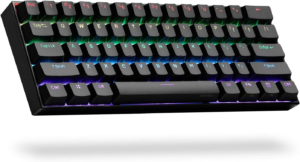
A keyboard that packs a punch, the Anne Pro 2 is a worthy contender on this list. It comes equipped with an excellent keystroke experience thanks to its Gateron switches. It offers smooth wireless connectivity with a stable Bluetooth 4.0 interface. Equipped with a USB-C connection and per-key RGB, this keyboard is a complete package of efficiency and aesthetics.
So there we have it – a rundown of five stellar options for compact mechanical keyboards embodying a convergence of aesthetics, efficiency, and functionality. Each keyboard brings to table unique features and distinct appeals, but all echo modern technological sensibility. Ready to take the plunge into the world of compact mechanical keyboards? No doubt, one of these will match your tech instinct. Carpe Diem, fellow tech enthusiasts!
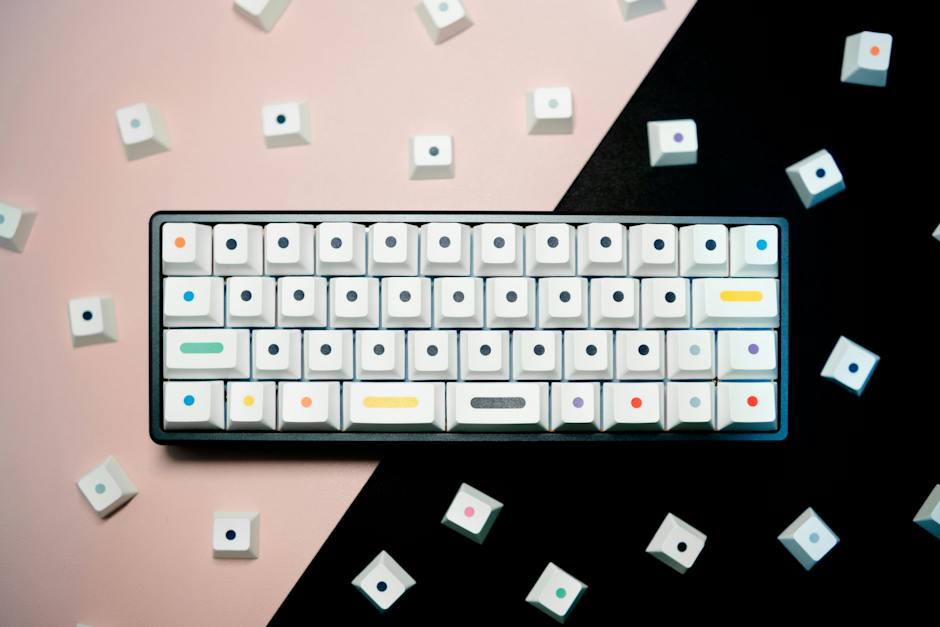
Maintenance and Troubleshooting
Continuing in the journey of examining small mechanical keyboards, it’s time now to delve into the crucial aspect of maintenance. Technological devices require proper upkeep to perform to their best abilities and small mechanical keyboards are no exception.
The primary guiding principle is to keep the keyboard free from dust and dirt. Compressed air cans prove invaluable in this task. Use them to blow out debris from between keys without damaging the delicate interior mechanisms. Caught in toils of pesky crumbs tucked between the keys? A keycap puller can mitigate the issue. Use it to gently remove keys and blow or shake out lodged particles.
Maintaining the effectiveness of keys also calls for occasional lubrication. Select a dielectric grease or mechanical keyboard oil suitable for plastic surfaces. Remove each keycap attentively, apply a tiny amount of lubricant to the stem where it contacts the housing, and replace it conscientiously. Voila, each press is smooth sailing!
Keyboard overheating can signify a problem. If this occurs, immediately disconnect the keyboard from its power source. Overheating could stem from a short circuit, and continued operation risks further damage.
Sometimes, certain keys not registering can be an issue. It could be due to dust or grime accumulation, malfunctions at the switch level, or issues with the OS or your driver setup. With hot-swappable mechanical keyboards on the rise, those with a knack for the technical can order new switches and replace problematic ones.
Connectivity issues can also arise. For wired keyboards, a faulty cord might be the culprit. Replacement cords are often readily available and can resolve the issue quickly. For a wireless keyboard, ensuring your keyboard’s firmware and your device’s Bluetooth drivers are up to date may make the difference.
In the face of persistent or complex issues, don’t hesitate to reach out to the manufacturer’s support. In multiple cases, they offer troubleshooting guidance, potential fixes, or opportunities for repair or replacement.
Ultimately, a small mechanical keyboard is a product of precision and detail, and its maintenance corresponds to that principle. Attentive care can ward off the majority of problems, but being prepared to act swiftly at the first sigh of trouble makes all the difference.
There’s more to a small mechanical keyboard than meets the eye. These miniaturized versions of full-sized keyboards, instead of limiting functionality, introduce an entire landscape of benefits. Ranging from optimized desk landscapes to personalized keys, and from silent switches to a diversity of keycap material, a 60% keyboard conveys functionality in a compact form. To fully leverage these devices, understanding their features, recognizing the best available options in the market and knowing necessary maintenance practices are crucial. Mechanical keyboards are not just keys that generate letters on the computer screen, but versatile tools that redefine the typing experience.



